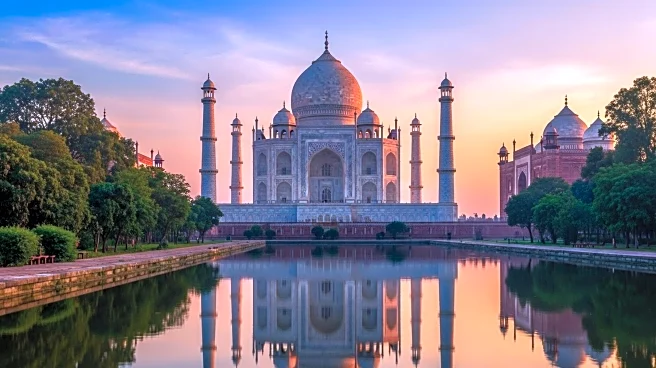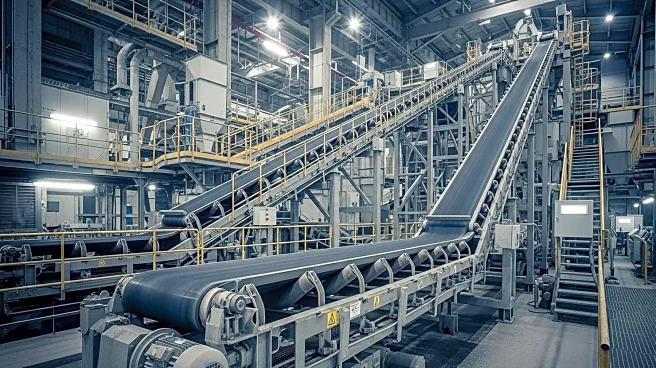The Meenakshi Temple in Madurai, Tamil Nadu, has a rich history marked by significant milestones that have shaped its cultural and religious significance. Dedicated to Goddess Meenakshi and Shiva, the temple is a major pilgrimage site within the Shaivism tradition. Its complex includes 14 towering gopurams, making it an architectural marvel that attracts millions of visitors annually.
Early Milestones
The temple's early milestones include its initial construction in the 6th century BC by survivors of the Kumari Kandam. This period established the temple's significance within the Shaivism tradition and laid the foundation for its future development.
Breakthrough Moments
A breakthrough moment in the temple's history was its reconstruction in the 16th century by the Nayak ruler Vishwanatha Nayakar. This period marked the addition of the towering gopurams and the expansion of the temple complex, solidifying its architectural grandeur.
Recent Developments
Recent developments at the Meenakshi Temple include ongoing preservation efforts to maintain its architectural integrity and cultural significance. The temple continues to attract millions of devotees and tourists, serving as a symbol of Tamil culture and religious heritage.
Lasting Impact
The lasting impact of the Meenakshi Temple is evident in its role as a major pilgrimage destination and cultural landmark. Its architectural and spiritual significance continues to influence Hindu worship practices and temple architecture across India.
 Discover Daily • 7 min read
Discover Daily • 7 min read 











